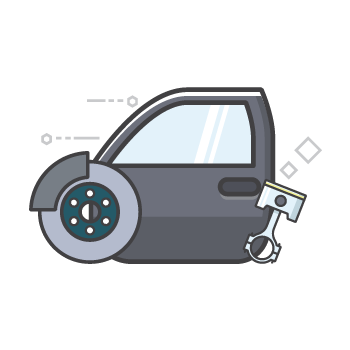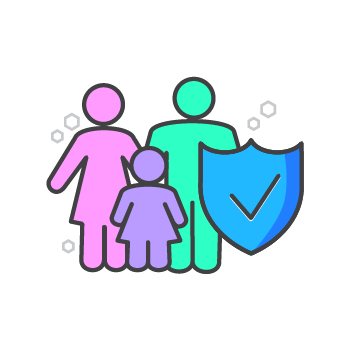Personal Finances Made Simple: Budgeting (Part Two)
by Lou-Ann Jordan Feb 3, 2020

In our last article on Personal Finances Made Simple, we provided helpful tips for creating a budget. Yet, we are cognizant that personal income varies and so does the purpose of the budget.
Our budgeting needs will vary. Here are three types of budgets that may be useful. Examine them to see which may be most suitable for your financial planning:
A Bare-Bones Budget
There are times when our income dictates we simply focus on the necessities of life. Food, clothing, shelter, and transportation—because we do need to get to work, are all we can afford. Basically, we’re living from paycheque to paycheque.
Creating a survival budget can aid as you cut out all non-essential spending until your income is more fluid. While the need for a bare-bones budget may occur from unfortunate situations such as unexpected medical bills, or job loss, keeping your essential spending at 50% of your income is a good practice.
The Debt-free Budget
Debt can accumulate for various reasons. The goal is to look beyond the mountain that is surmountable to a point of financial freedom. A budget that focuses primarily on paying off your debt is a good idea.
A debt-free budget is great when you have a bit more flexibility with your income. Here your focus is to get out of debt or avoid debt. The primary goal is to spend less—either paying off your debt or saving.
In this budget, all debt amounts should be listed along with essentials. Then apply the snowballing, avalanche or any of the other debt elimination strategy to live a debt-free life.
20-30-50 Budget
It’s a gradual climb. This budget can be used by those who have freed themselves from debt and can now enjoy more financial freedom. The 20-30-50 budget was made popular by the US senator, Elizabeth Warren. In her book, All Your Worth senator Warren expounded on its simplicity.
This budget requires you to allocate 50% of your income to essentials, such as food, transportation and other monthly bills. Next, 20% would go to savings. Yes, 20%. Don’t forget, you also have to plan for retirement. Lastly, 30% can be earmarked for personal and lifestyle choices.
It’s never too late to begin to manage your finance. And it’s never too late to begin saving.
To find a bank near you search the Find Yello listing and start your new personal finance and budgeting journey today.
Sources: Forbes, Doughroller and Careful Cents








